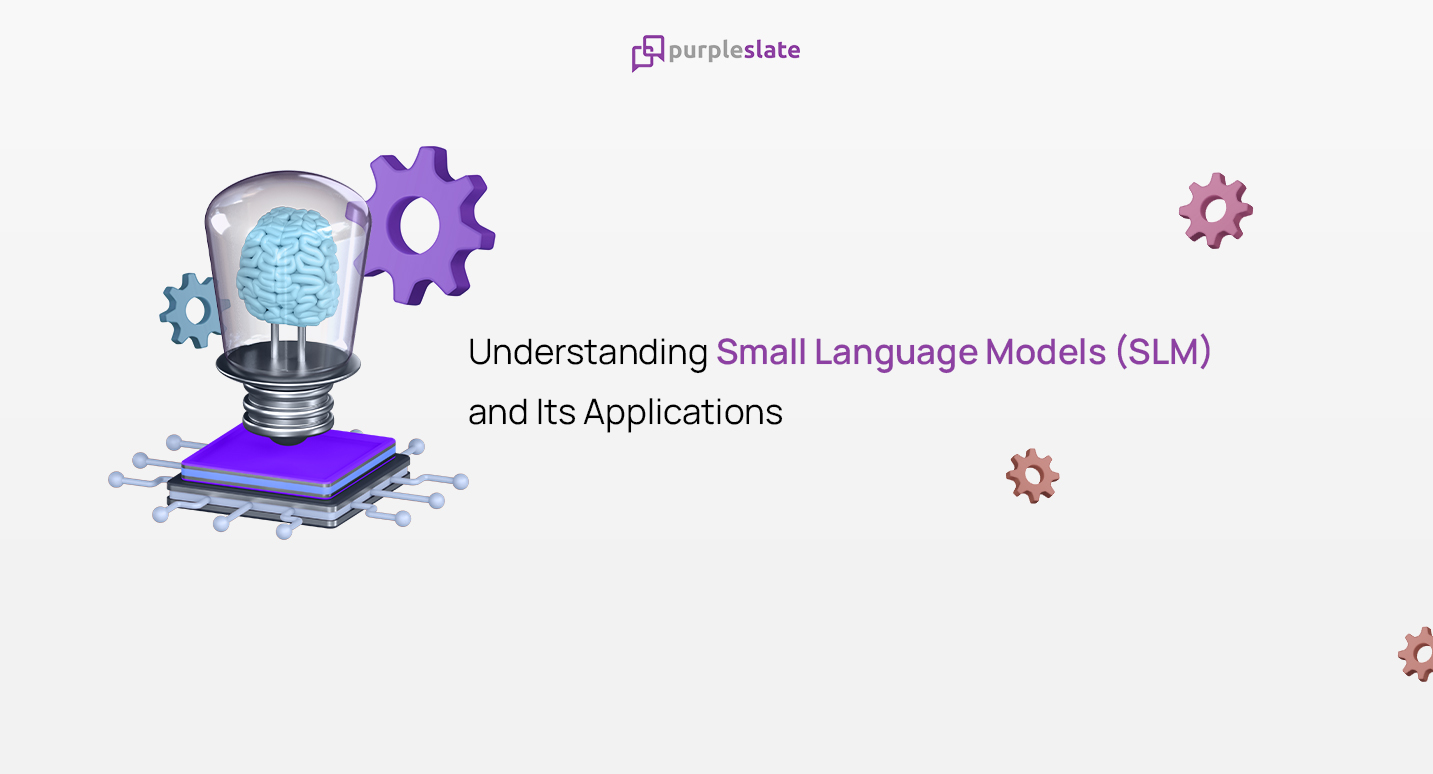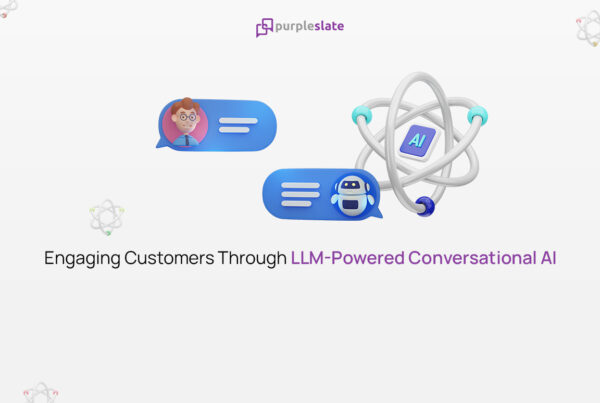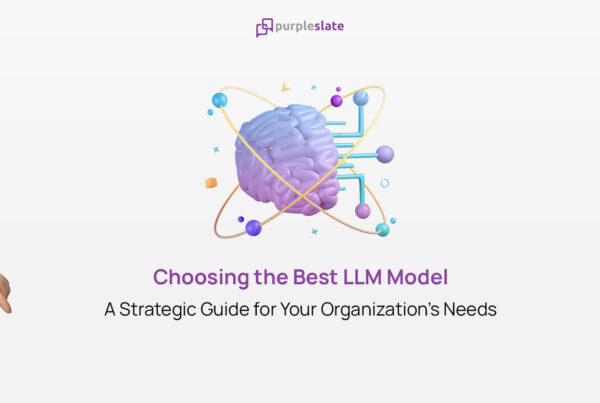
Introduction
In the vast landscape of artificial intelligence and natural language processing, Small Language Models (SLMs) are emerging as game-changers. But what exactly are these compact yet potent models, and why are they gaining prominence in the world of AI?
Imagine a tool that can understand and generate human-like text, all while being efficient and adaptable to various tasks. That’s precisely what SLMs offer. Unlike their larger counterparts, which boast vast parameter counts and computational requirements, SLMs are streamlined versions designed for optimal performance even in resource-constrained environments.
In essence, SLMs represent the distilled essence of language processing prowess, packed into a compact form factor. But their significance goes beyond their size. These models are reshaping the way we approach natural language tasks, offering solutions that are both effective and economical.
Join us as we embark on a journey to unravel the mysteries of Small Language Models, exploring their inner workings, applications, and the potential they hold for the future of AI.
Understanding Small Language Models (SLM)
Small Language Models, as the name suggests, are compact versions of larger language models like GPT. They are designed to perform language-related tasks efficiently while consuming fewer computational resources. Unlike their larger counterparts, which may consist of hundreds of billions of parameters, SLMs are characterized by their reduced parameter count, making them suitable for deployment in resource-constrained environments such as mobile devices or edge computing devices.
Key Features of Small Language Models:
Reduced Parameter Count: SLMs have fewer parameters compared to larger models, leading to faster inference and reduced memory usage. This makes them ideal for resource-constrained environments.
Efficiency: Thanks to their compact size, SLMs can efficiently perform language-related tasks without sacrificing performance. They can be deployed in various environments, including mobile devices and edge computing devices.
Adaptability: Despite their smaller scale, SLMs maintain the ability to understand and generate coherent human-like text. This versatility makes them suitable for a wide range of natural language processing tasks, from text generation to sentiment analysis.
Applications of Small Language Models
Small Language Models find applications across a wide range of domains, offering solutions to diverse challenges. Some prominent applications include:
Text Generation and Summarization
SLMs excel in generating coherent and contextually relevant text, making them invaluable for tasks such as text summarization, paraphrasing, and content generation for chatbots or virtual assistants.
Language Translation
With advancements in machine translation techniques, SLMs contribute to improving the accuracy and efficiency of language translation systems. Their compact size allows for faster translation while maintaining translation quality.
Sentiment Analysis
In the era of social media and online reviews, sentiment analysis plays a crucial role in understanding public opinion. SLMs aid in sentiment analysis by accurately classifying text as positive, negative, or neutral, facilitating decision-making processes for businesses and organizations.
Personalized Recommendations
E-commerce platforms leverage SLMs to analyze user preferences and behavior, enabling personalized product recommendations. By understanding user intent and context, SLMs enhance the overall shopping experience and drive engagement.
Low-Resource Language Processing
For languages with limited resources and linguistic data, SLMs offer a viable solution by providing language processing capabilities without the need for extensive training data. This is particularly beneficial for preserving and promoting minority languages.
Text Classification and Information Retrieval
SLMs are utilized in tasks such as document classification, topic modeling, and information retrieval, assisting in organizing and retrieving large volumes of text-based data efficiently.
Benefits of Small Language Models
Small Language Models offer several advantages over their larger counterparts, making them increasingly popular in various applications:
Efficiency: SLMs require fewer computational resources, which means they can perform tasks more quickly and with lower energy consumption. This efficiency makes them well-suited for deployment on devices with limited processing power, such as smartphones or IoT devices.
Scalability: The reduced parameter count of SLMs makes them easier to scale for specific tasks or domains. This scalability enables organizations to fine-tune models to their particular needs without requiring extensive computational resources or time-consuming retraining.
Cost-Effectiveness: Implementing SLMs can lead to cost savings for businesses, as they require fewer infrastructure resources and less computational power to operate effectively. This is especially beneficial for small businesses or startups operating on a tight budget.
Faster Inference: With fewer parameters to process, SLMs can make predictions and generate outputs more quickly. This enables real-time or near-real-time applications, such as chatbots or conversational agents, to provide rapid responses to user inputs.
Interpretability: Smaller model sizes often result in increased interpretability, meaning that it’s easier for users to understand how the model arrives at its decisions or predictions. This transparency is crucial for applications requiring accountability and trustworthiness, such as medical diagnosis or financial forecasting.
Limitations and Challenges
While Small Language Models offer numerous benefits, they are not without limitations and challenges:
Limited Contextual Understanding: Due to their smaller parameter count, SLMs may struggle to capture complex linguistic nuances and long-range dependencies, leading to potential issues in understanding context.
Reduced Generative Capabilities: Compared to larger models, SLMs may exhibit limitations in generating diverse and creative text, potentially affecting the quality of outputs in tasks such as text generation or story generation.
Domain-Specific Adaptation: Fine-tuning SLMs for specific domains or tasks may require additional data and computational resources, posing challenges for organizations with limited resources.
Ethical Considerations: As with any AI model, ethical considerations such as bias, fairness, and privacy must be carefully addressed when deploying SLMs, especially in sensitive applications like content moderation or decision-making systems.
Future Perspectives
Despite the challenges, Small Language Models hold immense potential in shaping the future of AI technology. Continued research and advancements in model architecture, training techniques, and optimization algorithms are expected to further enhance the capabilities of SLMs, making them even more accessible and efficient for a wide range of applications.
In conclusion, Small Language Models represent a significant advancement in natural language processing, offering efficiency, versatility, and scalability. With their diverse applications across various domains, SLMs are poised to play a pivotal role in driving innovation and addressing real-world challenges in the years to come.
By embracing the capabilities of Small Language Models, organizations can unlock new opportunities for automation, personalization, and decision-making, ultimately leading to enhanced productivity and user experiences in the digital era.




